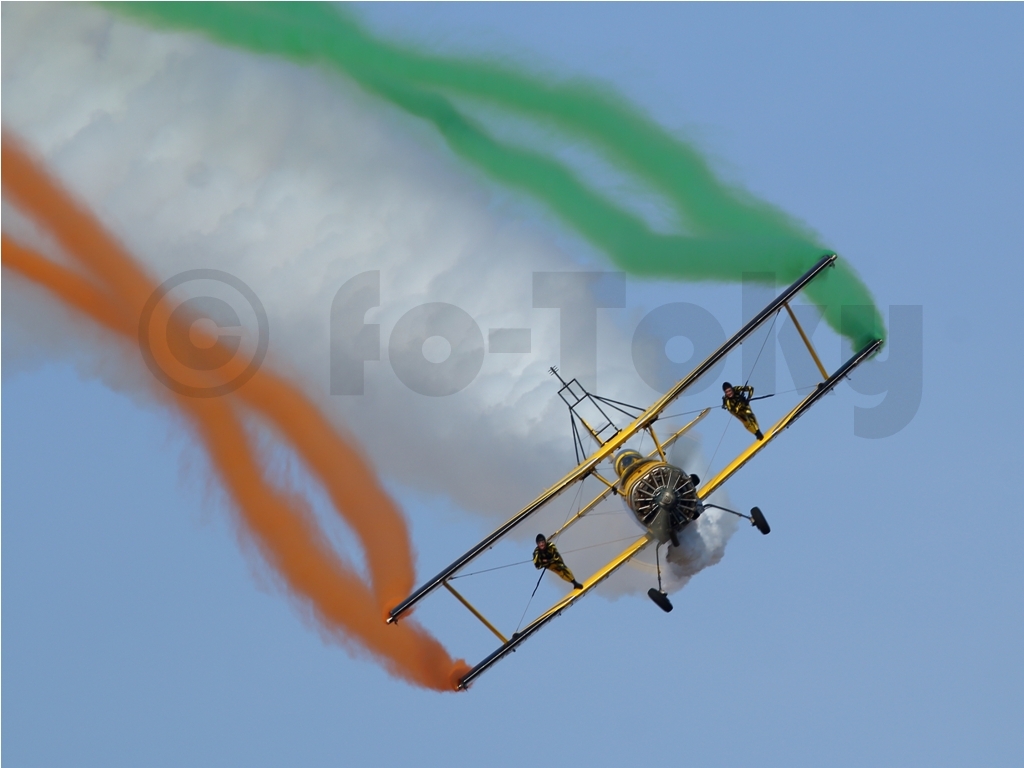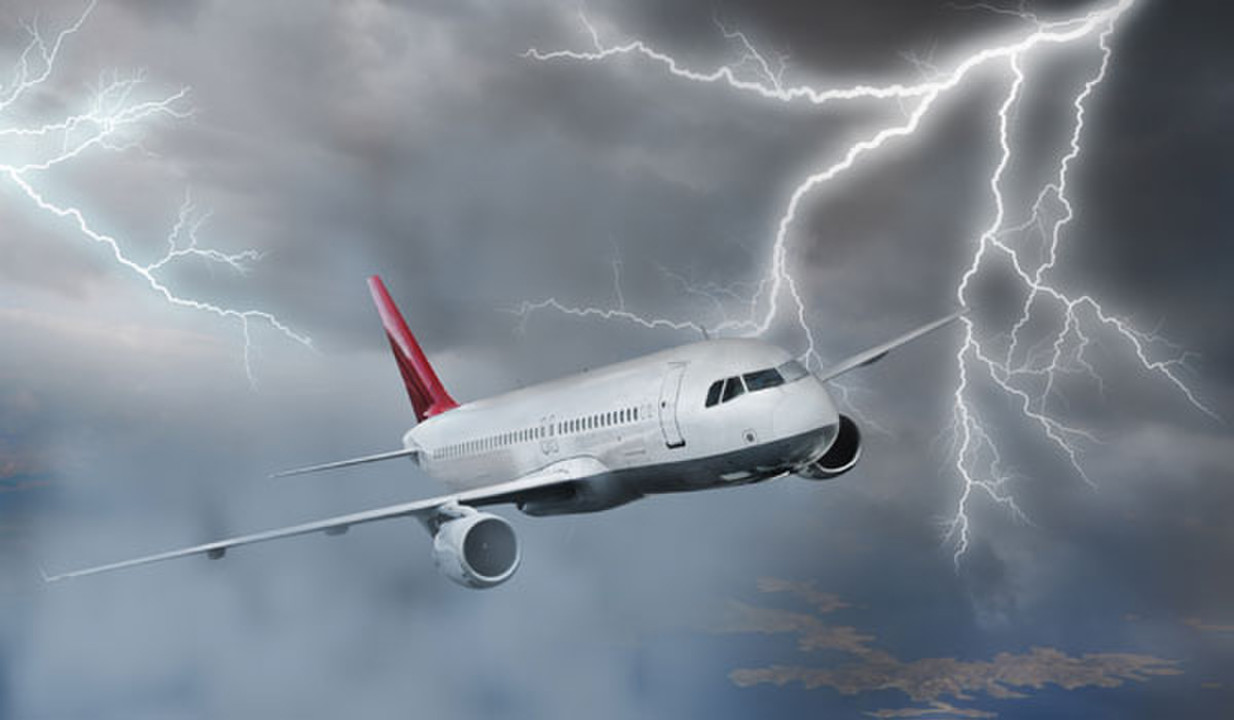Engine flameout on a single-engine jet. Read to find out what happens next.
Category: Flight Safety
Night Flying Tips for Ab Initio Pilots: Part 3 Human Factors
Flying at night presents a unique set of challenges, as well as opportunities.
NIGHT FLYING TIPS FOR AB INITIO PILOTS- PART 2
Flying at night presents a unique set of challenges, as well as opportunities.
NIGHT FLYING TIPS FOR AB-INITIO PILOTS- PART 1
Flying at night presents a unique set of challenges, as well as opportunities.
Engine Failure
Whether you’re a novice or an experienced pilot, an engine failure in-flight is a pilot’s worst nightmare. If it occurs in a single-engine piston aircraft or a single-engine jet plane, there are only two ways out: trying to restart the engine, or making a forced landing. The other option of ejection is available to military pilots only. An engine failure in flight requires a swift reaction by the pilot in command to maximize the flight of an airplane after the event has occurred. Pilots do this by acquiring a glide…
What Airline Pilots need to know about difference in bird and drone strike?
US Airways flight 1549 presents a single most illustrious example of the kind of damage a bird strike can cause and piloting-skill required to be able to bring out everyone safely from a disastrous situation. Birds are intelligent species which have natural instinct to survive and avoid a collision while in the air or on the ground. With their sharp vision and quick decisive ability, they are able to avert not only other avian traffic but also human-made obstacle and flying objects. Differences between drone and birds. 1. For the same…
What pilots should do to avoid mid air collision?
The risk of midair collision is greatest from takeoff to top of climb, and again from start of descent to landing. Don’t assume you’ll always be able to ‘see and avoid.’ You, the pilot, are responsible for your own separation and lookout. Air regulation prescribes that when weather conditions permit, regardless of whether the operation is conducted under instrument flight rules (IFR) or visual flight rules (VFR), each person operating an aircraft shall maintain vigilance so as to see and avoid other aircraft. Remember that most midair collision accidents and…
What pilots should know about lightning and its effect?
Airplanes get struck by lightning frequently. Fortunately, they’re built to handle it. The average commercial airliner gets hit by lightning a little more than once a year according to Lightning TechnologiesInc., a Massachusetts-based company that manufactures lightning protection for aircraft. The last confirmed commercial plane crash directly attributed to lightning occurred in 1967 when lightning caused a catastrophic fuel tank explosion. Since then, much has been learned about how lightning can affect airplanes. As a result, protection techniques have improved. Today, airplanes receive a rigorous set of lightning certification tests to verify the safety of their designs. Pilots…





